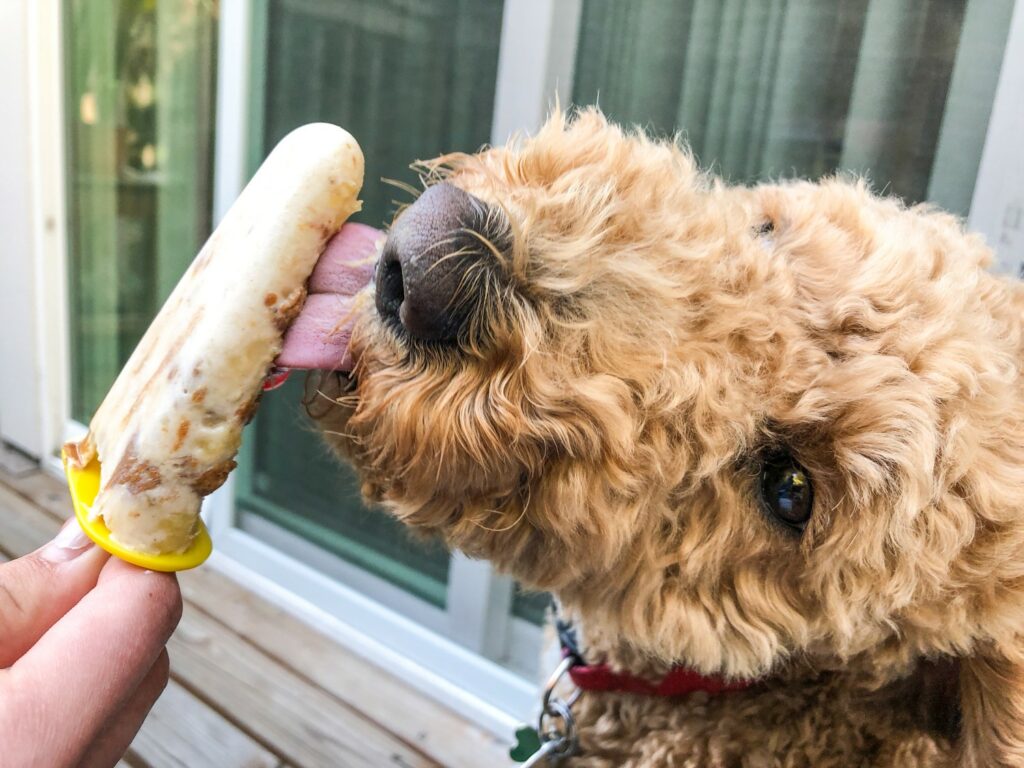
Heavy Rain, Flooding, and Chance of Severe Weather Staring Down the Southern U.S.
January 22, 2024
Posted: May 14, 2023 4:37 pm





The dog days of summer are almost here. But is your dog ready for the heat of the summer? Here are a few tips for dog owners to employ this summer to ensure that their favorite furry friend stays cool and healthy despite the rise in the mercury.
Just like humans, it is important that dogs remain properly hydrated during the hot summer months. Because water makes up about 60% of a dog’s total body weight, it is important to keep these stores replenished.
Most veterinarians recommend that you give your dog up to an ounce of water for each pound of body weight. It is critical that you keep their water bowl full of fresh water if your dog is spending a lot of time outside.
Lastly, remember that saltwater can dehydrate a dog, making it important that you bring along fresh water if you are taking your dog to the beach. Even lake or stream water can make a dog ill due to the presence of bacteria.
Dogs deserve to be indulged during the summer months. You can spoil your pup a bit by giving them frozen treats to cool them off and show them that you care.
There are a number of frozen popsicles and other types of treats designed with a dog’s special health needs in mind. For example, most dogs will go crazy over frozen Kong treats. Giving your dog a frozen treat is a fun way to celebrate the summer with your best buddy.

It can get awfully hot on the ground during the summer time. This is why you should make special considerations to make sure that your pooch has a comfortable and cool bed when it is hot outside. An elevated bed will support air flow under your dog to help keep them cool. This is especially important if your dog often sleeps outside.
You may also consider the use of a specialty cooling bed to keep your dog safe and comfortable. If you do not want to invest in an entire cooling bed, you can lean on the use of cooling pads to add to a crate or other surface where your dog likes to sleep.
Regardless of the temperature outside, it is important to be mindful about giving your dog plenty of breaks when they are engaging in strenuous physical exercise.
For moderate walks, you will want to give your dog a break about every 20 – 30 minutes. For more active exercise such as running, hiking, or playing fetch, you should encourage your pup to rest more frequently. Taking the right amount of breaks will go a long way in making sure that your dog does not overheat during the hot weather conditions.
The good news is that dog owners are often incredibly in tune to knowing if their dog could use a break. Signs to look out for include whimpering, whining, excessive panting, slowing down their usual pace, and laying down more regularly than what is normal for them.
When taking a break, be sure to offer your dog plenty of water and find a shady spot for them to rest.
You can help your dog to beat the heat by providing ample shade in your yard for them to enjoy. Good choices for your yard to deliver shade include a canopy, a patio table umbrella, dog shades for elevated beds, and full trees. It is also important to seek shade when you are outside exercising with your dog.
For example, if you are headed out for a hike, you would be wise to choose a trail that you know offers plenty of built-in shade. Similar to humans, dogs can also experience dehydration or sunburn because of too much sun, making it important that you take this seriously.

When you choose to exercise your dog will have a significant impact on their health during the summer. Rather than heading out during the peak heating hours of the day, it is better to take your dog out for their daily walk in the morning or evening hours when the sun is not as strong.
As a bonus, consider taking your dog swimming for their exercise.
Savvy dog owners take the time to learn about the signs of heatstroke. Some of the most common signs include drooling, excessive panting, vomiting, diarrhea, loss of consciousness, red gums, extreme lethargy, and uncoordinated movements. The earlier that you identify what is going on with your dog, the better that the outcome will be.
If your vet instructs you to bring the dog in for evaluation, you will want to take active steps to lower the body temperature of your dog. This includes giving them cold water to drink, pouring water on the back of their neck and head, or covering their head with a cool towel.
One of the precursors to heatstroke is often dehydration. Signs of dehydration to look out for include lethargy, dry eyes and mouth, and a loss of skin elasticity.
With the right precautions in place, both you and your dog will make the most out of the summer season.
Did you find this content useful? Feel free to bookmark or to post to your timeline for reference later!

January 21, 2024

January 19, 2024

January 18, 2024